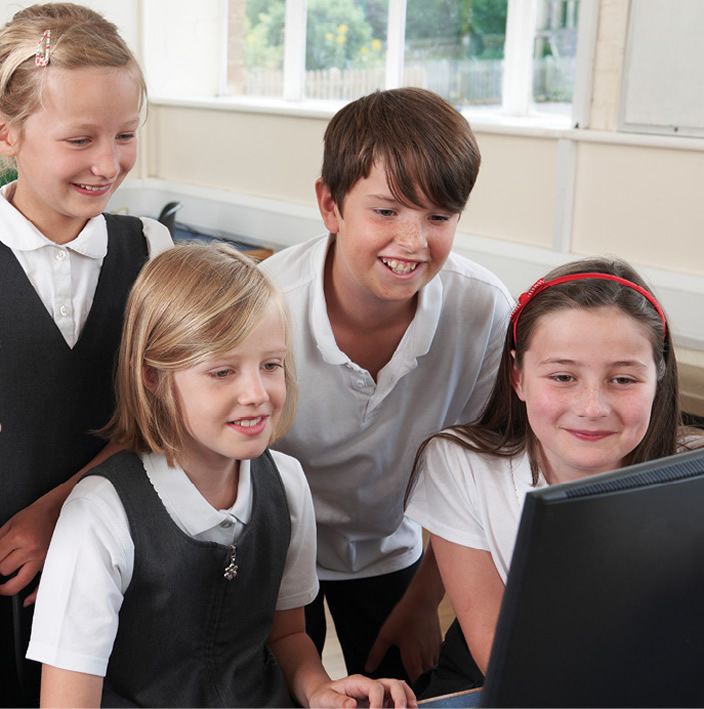
Facebook, as a virtual classroom, may be closer than we think, writes Nick Stanley, Managing Director, Tribal Group.
Debates and ongoing school wide bans on social media aside, research has found that students are already turning to networks as an extension to structured learning. It found 59% of students are already using social media to discuss education topics online, while 50% of those who talk about education topics online talk specifically about schoolwork.
Despite reports that younger Australian users are drifting away towards mobile messaging apps, the popularity and reach of Facebook remains staggering, with over 15 million users in Australia alone.
The advent of social learning is unsurprising, considering the concept and deployment of VLE (Virtual Learning Environment) started decades ago. VLE is an online system that allows teachers to manage and share educational materials with their students. While VLE has become analogous with distance learning and homework, the benefits of online learning have transcended to effectively allow a more immersive and direct 1:1 learning experience.
Facebook as a learning tool
Teachers and parents continue to harbour their own (and valid) apprehensions about the use of Facebook in schools. Some argue that it is a distraction, others believe Facebook empowers learner procrastination and, left unmanaged, will potentially make the learning process less effective compared to a more structured learning system.
From an administrative point of view, one major issue is rooted in the way that Facebook is insecure and unmoderated, limiting control for the organisation. The lack of structure, boundaries and protocols can not only lead to poor quality content but also security threats. Organisations would be hard pressed to maintain standards around corporate applications, including those that manage risks.
However, what remains evident is that the wide accessibility and social nature of Facebook as a platform is ideal for learner engagement. As Facebook’s user base and the frequency of access by Australians continues to grow, teachers who dismiss Facebook based on privacy concerns are potentially missing an opportunity to harness social networking to inspire children to learn and share using technology in a transparent manner.
With up to 95% of teenagers using Facebook and 25% going online constantly, its potential as a medium to excite and educate students is unquestionable. While Australian school policies may not (yet) support its use, Facebook can and will be used by students to meet, collaborate, share and learn. It is unavoidable that we must, at some point, develop methods to allow us to practically harness this platform.



































































































































